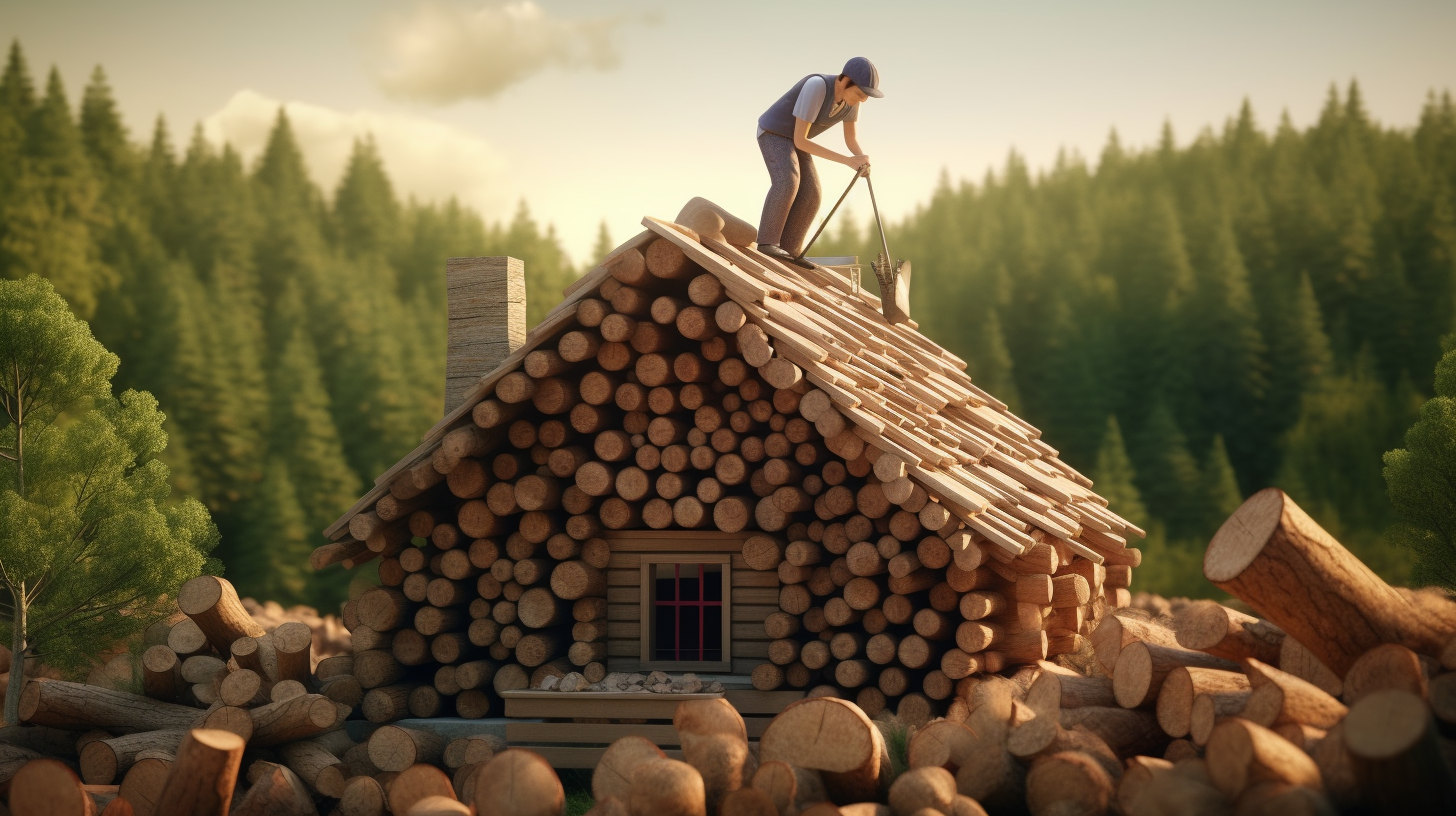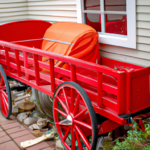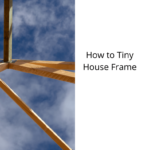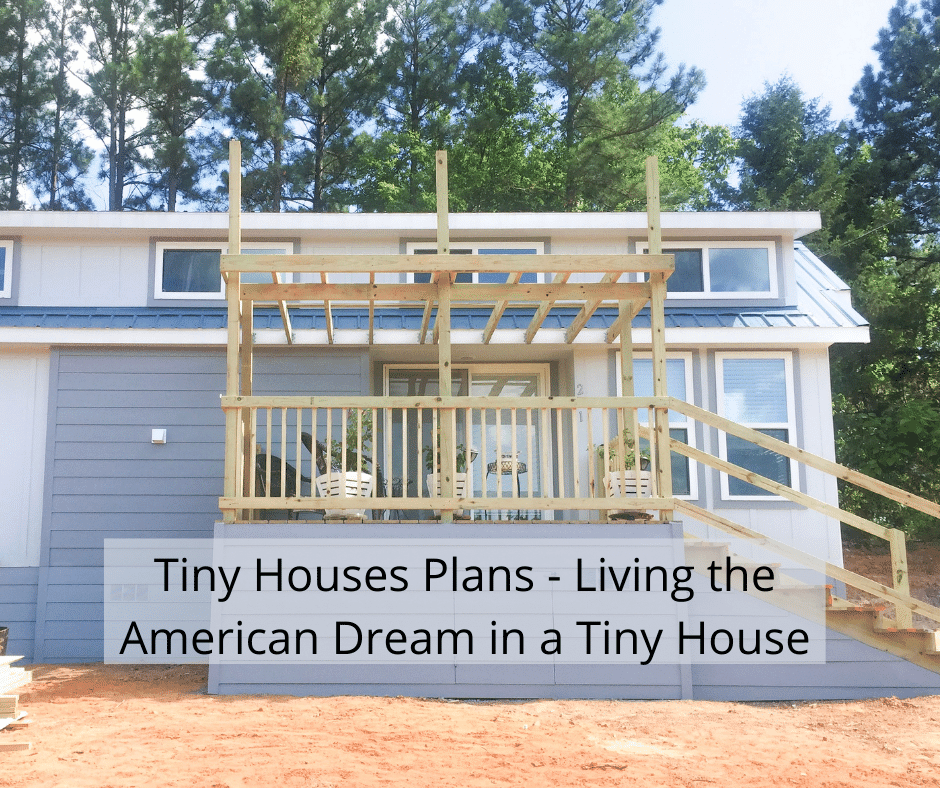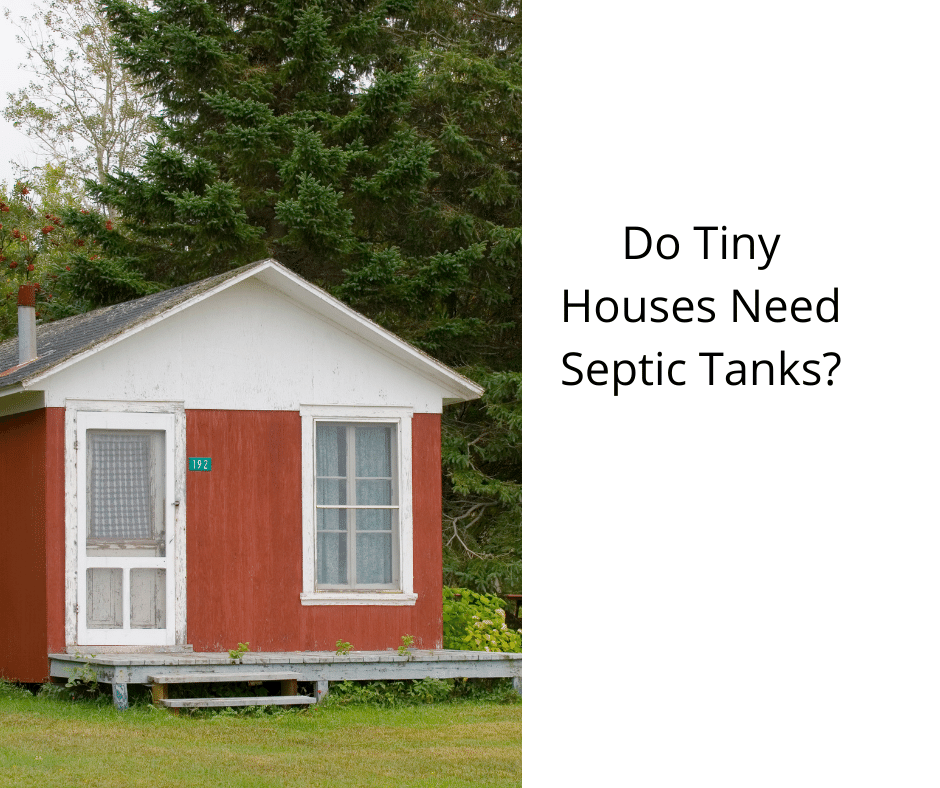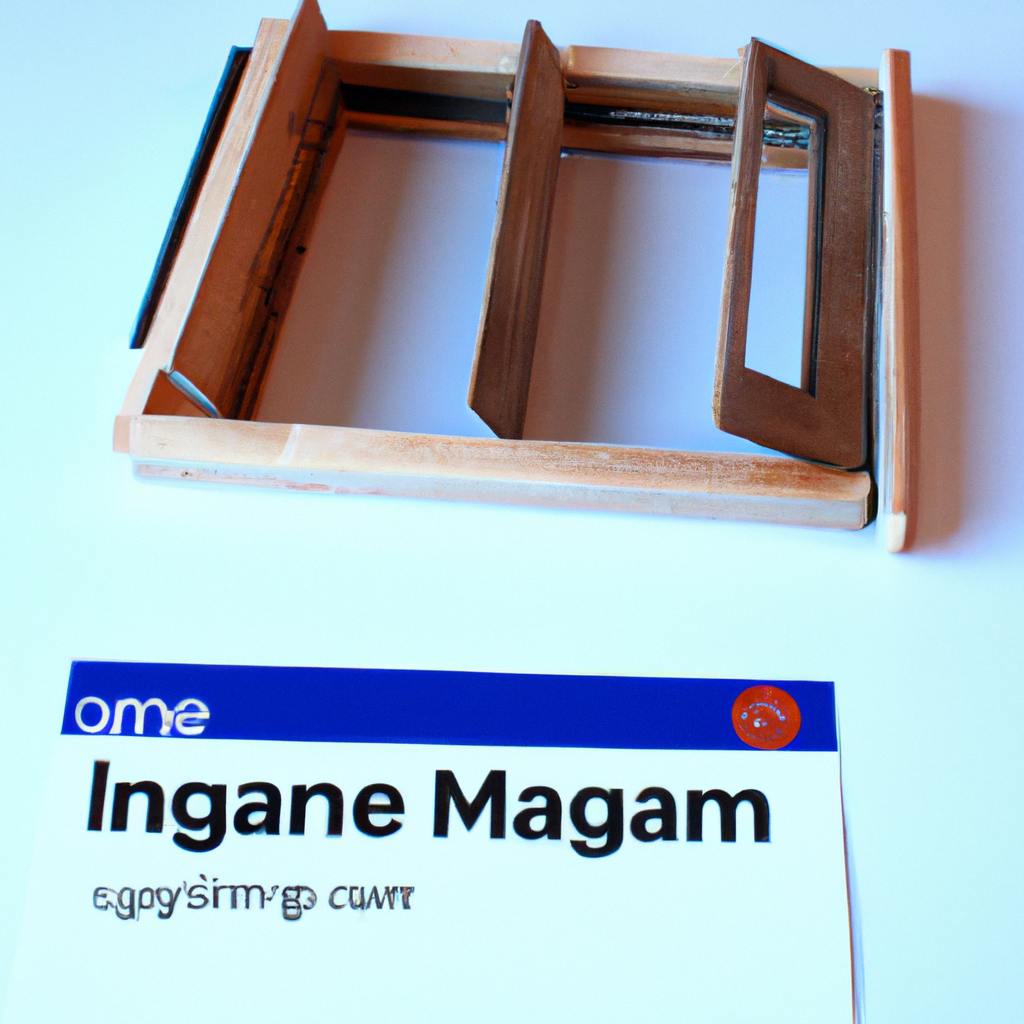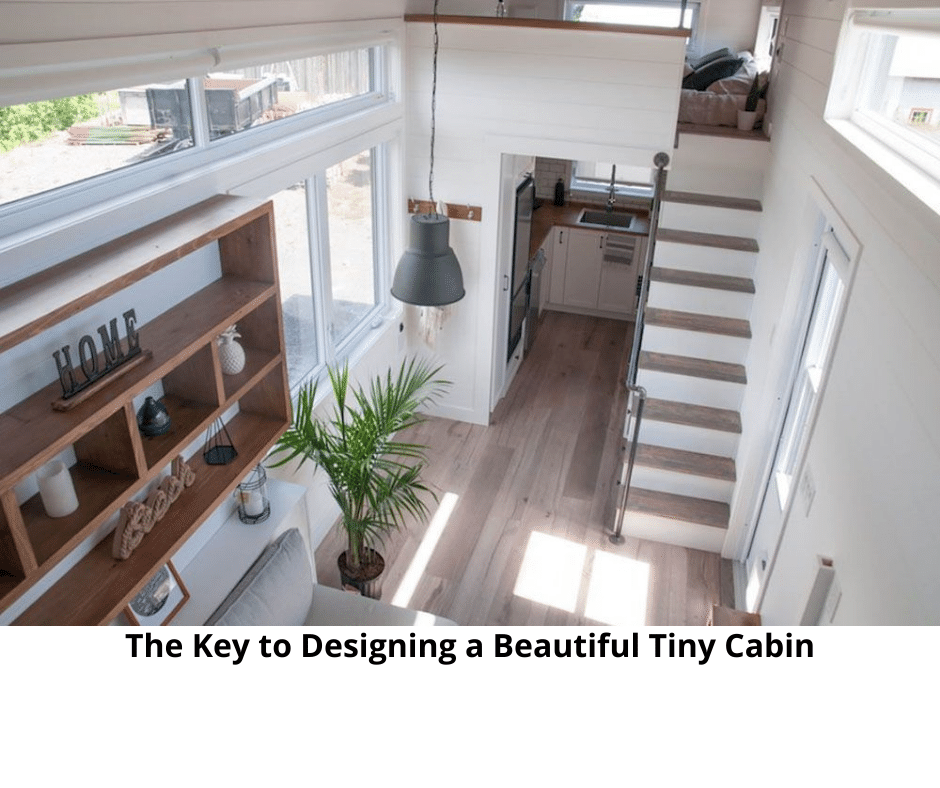I am excited to share my tips and techniques for building a cozy small log cabin! There is a great sense of satisfaction in constructing your own peaceful retreat. It is like stepping back in time when people relied on their own skills and innovation to build a shelter.
But don’t worry, you don’t need to be a pioneer to build a tiny log cabin. With the right tools and techniques, anyone can do it.
Now, before we dive into the nitty-gritty of building, let’s talk about what a tiny log cabin really is. When I say ‘tiny,’ I don’t mean a shed or a playhouse. I’m talking about a livable space that’s around 16-18 feet long and 8-10 feet wide. It’s not huge, but it’s big enough for a bed, a table, and a few chairs.

It’s a place where you can get away from the hustle and bustle of everyday life and recharge your batteries. So, if you’re ready to learn how to build your own tiny log cabin, let’s get started!
Key Takeaways
- Proper planning is crucial for success in building a tiny log cabin, including drawing plans, making a materials list, and doing a cost analysis.
- Building techniques include using metal joist hangers, polystyrene insulation sheets, and construction adhesive under floorboards to prevent squeaks.
- Second-story floor joists should be 4x10s, and corner lifting poles should be dug 4 feet deep and stabilized with guy lines.
- Use oil-based stain for looks, mortar mixture for chinking, and nylon straps when lifting logs. Skip fully scribed log houses and use BP for speed and simplicity.
Success Strategies
I always make sure to follow the success strategies outlined in the pre-existing knowledge when building my tiny log cabin. Budget planning is crucial, so I start by drawing plans, building a scale model, and making a materials list. Then, I do a cost analysis and redraw plans to fit my budget. This ensures that I don’t overspend and that I have everything I need to complete my project.
Another important aspect of building a tiny log cabin is log peeling techniques. I cut my logs when they’re hardest to peel, which makes the process easier and faster. I also use mortar mixture for chinking and finishing nails to make touch-ups simple.
By following these techniques, I’ve been able to successfully build my own tiny log cabin and enjoy the benefits of living in a natural, rustic setting.
Building Techniques
Crafting a sturdy abode requires precision and skill, so it’s crucial to use polystyrene insulation sheets to maintain a high R-value and construction adhesive to prevent squeaks under floorboards.
Peeling logs when they are at their hardest is a fundamental building technique that ensures the logs retain their strength and integrity.
When installing windows, it’s smart to build the frames around the window for a perfect fit before marking and cutting with a chainsaw to achieve a professional finish.
To further ensure the longevity of the log cabin, it’s essential to use mortar mixture for chinking and finishing nails bent up towards the top log for easy touch-ups.
It’s also worth avoiding fully scribed log houses and instead opting for BP building techniques as they are simpler and quicker.
Remember to use oil-based stain for a clean, rustic look and to build the roof rafters using 4x10s, with pieces between the rafters for bird blocks.
By following these techniques, you can create a beautiful and sturdy tiny log cabin that will last for generations to come.
Historical and Modern Approaches
Discussing historical and modern approaches to constructing homes, it’s interesting to note the difference in tools and equipment used by pioneers compared to what’s available today.
Pioneers relied on axes, saws, and wedges to build log cabins, while modern builders have access to power tools like chainsaws, drills, and nail guns.
With these modern tools, building a tiny log cabin has become a much faster and simpler process.
However, it’s important to remember that pioneers were able to build sturdy and durable homes despite their limited resources.
Modern builders should still strive for the same level of quality and craftsmanship as those who came before us.
By combining traditional techniques with modern equipment, we can create a beautiful, long-lasting tiny log cabin that will stand the test of time.
Frequently Asked Questions
What type of foundation is recommended for a tiny log cabin?
When building a tiny log cabin, I recommend using a concrete slab or pier and beam foundation. A concrete slab is a good option for a flat, level site, while pier and beam is better for uneven terrain. Consider the soil type and local building codes before making a decision.
How do you properly seal the gaps between logs?
To properly seal gaps between logs, I recommend using a combination of chinking and caulking options. For chinking, I prefer a mortar mixture, and for caulking, I suggest using a high-quality sealant that can handle the expansion and contraction of the logs. It’s important to apply these sealing techniques properly to ensure a tight and energy-efficient seal.
What type of insulation is recommended for a tiny log cabin?
When considering insulation types for a tiny log cabin, I recommend polystyrene insulation sheets with an R-value of 19 or higher. Cost considerations should also be taken into account, but investing in quality insulation will lead to long-term energy savings.
How do you ensure stability during the construction process?
To ensure stability during construction, I use guy lines attached from lifting poles to adjacent poles and dig deep corner lifting poles. Tools needed include chainsaw, lag screws, and polystyrene insulation sheets. Construction timeline depends on materials and size of cabin.
What is the recommended size for windows in a tiny log cabin?
For optimal window placement in a tiny log cabin, I recommend placing them at least 2 feet from wall corners to maximize natural light. Consider the size and style of windows to fit the overall design and functionality of the space.
I’m Theodore, and I love tiny houses. In fact, I’m the author of Tiny House 43, a book about tiny houses that are also tree houses. I think they’re magical places where imaginations can run wild and adventures are just waiting to happen.
While tree houses are often associated with childhood, they can be the perfect adult retreat. They offer a cozy space to relax and unwind, surrounded by nature. And since they’re typically built on stilts or raised platforms, they offer stunning views that traditional homes simply can’t match.
If you’re looking for a unique and romantic getaway, a tree house tiny house might just be the perfect option.


